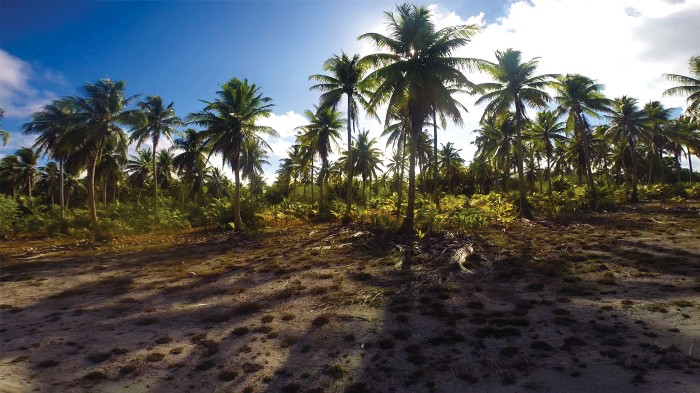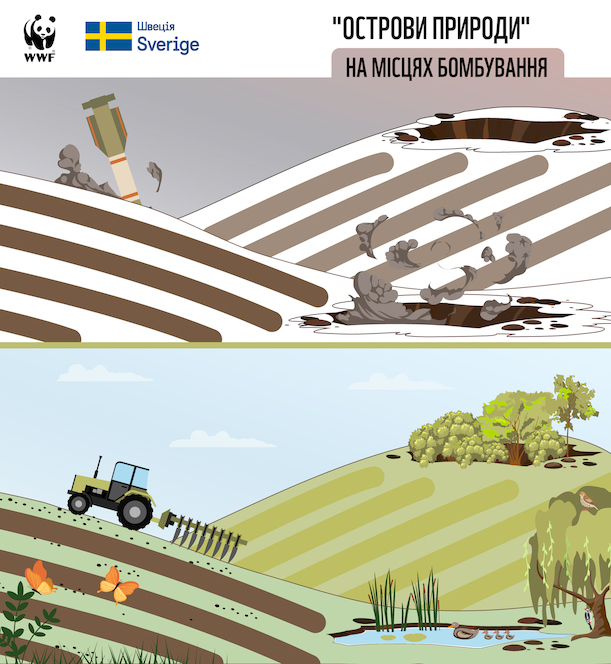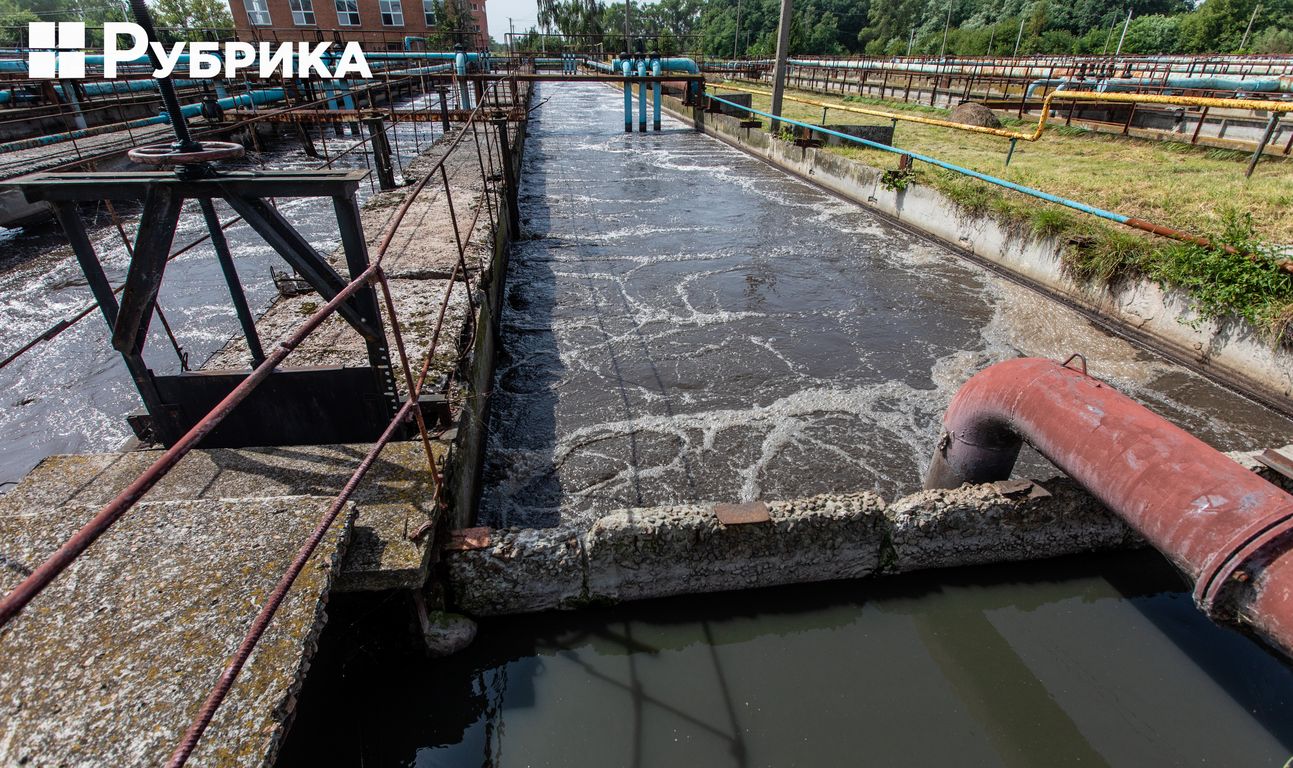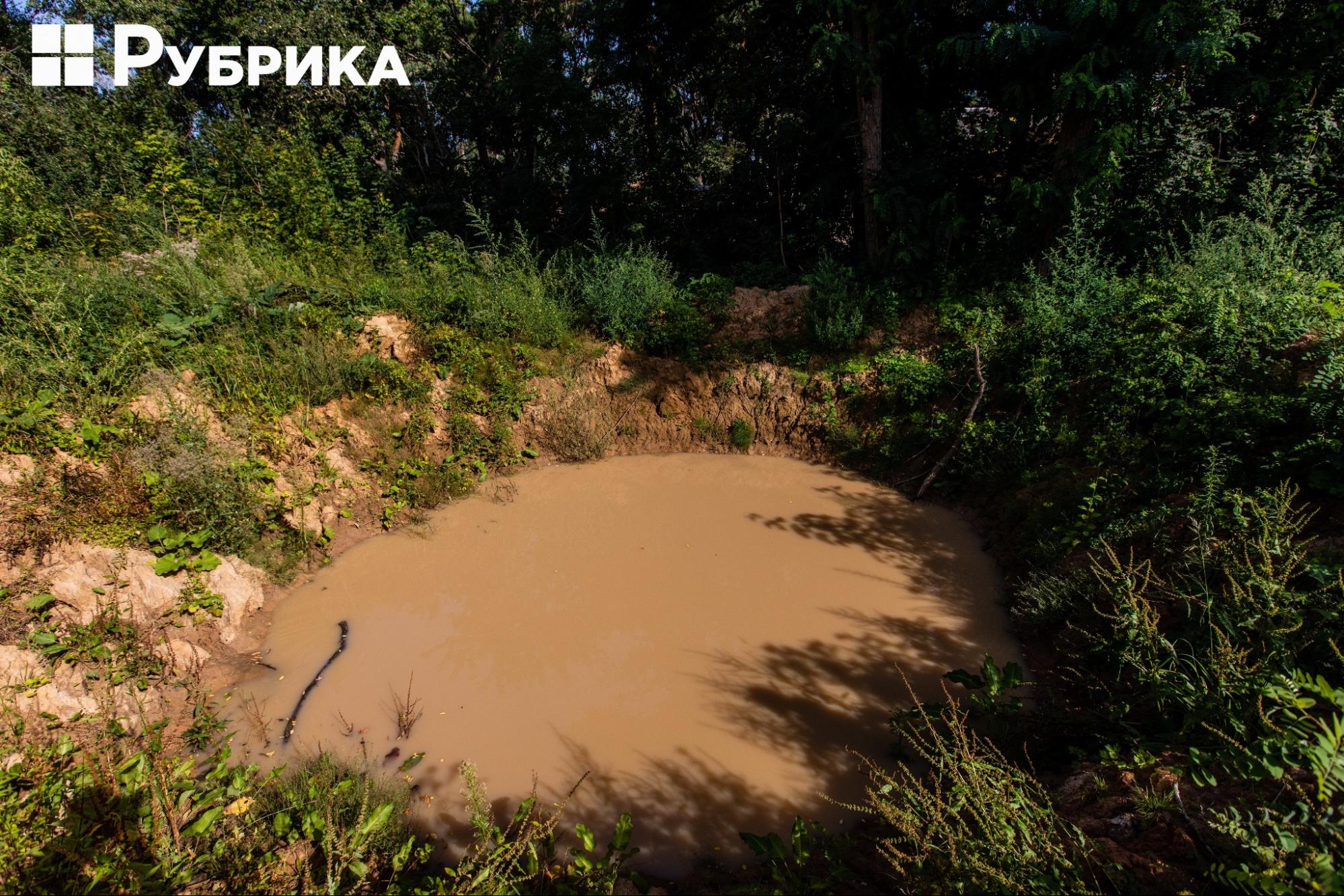
What is the problem?
The war continues, and the russians commit war crimes, including against Ukraine's environment, daily. It is water and soil pollution caused by the release of chemicals from explosions. For example, the sulfur in the ammo rounds burns all living things—plants, microorganisms, insects, etc. Heavy metals are stored in the ground and later enter our diet together with products.
The destruction of strategic facilities can also cause such pollution. For example, the damage to sewage treatment plants can lead to sewage leakage into rivers. As a result, the spread of diseases, perhaps even epidemics, and the worsening of the epidemiological situation are possible because of the ingress of dangerous substances into drinking water or later into food products.
Also, in places of intense fighting, the spawning of fish is significantly disturbed, and the nesting places of birds are destroyed due to loud explosions (ammunition often explodes in the water reservoirs). The state of wetland ecosystems is negatively affected by crossing rivers with floating armored personnel carriers and the construction of pontoon crossings for other vehicles.
After all, fires in warehouses, oil depots, and shopping centers hit by russian shells with the burning of chemical reagents lead not only to short-term air pollution. Thus, dangerous ash, containing carcinogenic compounds harmful to living organisms, is repeatedly released into the atmosphere every time the wind blows; with water, this ash enters the soil.
What is the solution?
Areas affected by hostilities can still be restored and even improved and subsequently given recreational status or re-used for industry or agriculture. There are already examples of such use worldwide; moreover, there are examples of environmental restoration after ecological disasters, even in Ukraine.
Environmentalists from the organization Environment.People.Law developed a study devoted to the methods of restoring the environment after hostilities. What do the experts suggest to do? We analyze each of the solutions.
Part of the land can be conserved
One solution is conservation and restrictions on land use. It was done, for example, on Bikini Atoll (Marshall Islands). Once an American nuclear test site, Bikini Atoll is now a UNESCO World Heritage Site. Although this territory does not have official protected status, there are certain restrictions on using environmental resources to preserve and restore biodiversity.

Now, 60 years after the nuclear tests on the island, Bikini Atoll looks like this. Photo: Dan Griffin
Craters turned into new reservoirs
Nature-based solutions are used when it's impossible to conserve the land continuously or continue to use it for agricultural purposes in territories affected by military actions. It works, for example, if you turn explosion craters into "islands" of forests and dugout ponds. Sometimes they even form independently. Rubryka and ecologists visited the Chernihiv region to collect soil samples from areas of land with consequences of artillery shelling.
To our surprise, it was impossible to take samples for analysis in some places because the holes had already turned into lakes.
Destroyed landscapes can be renewed
Environmentalists are convinced that the damaged topography of the field can be transformed into a new valuable landscape for agriculture that will be more sustainable and productive in the not-too-distant future. The solution is "natural islands" at the sites of explosions.

An example of applying nature-oriented solutions to the damage caused by military actions to arable lands. A source at the link
Accordingly, the modified agricultural landscape will help the agricultural producer or farmer because it can:
- Prevent soil erosion by reducing wind speed;
- Stabilize the microclimatic parameters of the field, increasing the humidity of the air and soil and reducing evaporation;
- Reduce the number of field pests by providing shelter to hundreds of insectivorous birds, a kind of "biological weapon" against pests;
- Promote fertility by increasing humus content by 20–40% and soil porosity by up to 9%. Introducing wood and other natural elements into agricultural landscapes activates exchange processes;
- Store carbon in woody plants and store organic carbon in the soil;
- Reduce chemical pollution because tree plantations absorb and bind chemical elements in different soil layers, contributing to groundwater purification;
- Diverse agricultural landscapes with mosaic patches of shrubs or tree groups will increase the recreational appeal of the regions. The aesthetic and cultural value of such mosaic agricultural landscapes is growing.

An example of a "green island" in the middle of a field. Such plantations can be made in places of eruptions from explosions. Photo: Reuben Teo, Source: WWF
Some objects don't even need to be rebuilt
As for the destruction of infrastructure by the russians, there is also a solution. Environmentalists give the example of the Oskil reservoir dam, the largest on the left bank of the Dnieper, which was destroyed on April 2, and give an unexpected conclusion: there is no need to restore the damaged part of the dam. It is better to demolish the entire barrier to restore the flow of the Oskil River. Environmentalists give the following explanation:
"As a result of the hostilities, leading to the destruction of industrial enterprises, there is no longer any sense in taking such a quantity of water. Based on this, the main purpose of the mentioned reservoir was to accumulate water to maintain the level of the Donets, most of which was taken to the Siverskyi Donets–Donbas canal. Now the purpose disappeared," says the study.
It will give several advantages at once:
- As the collapse of the sluice has led to water leakage, large areas of the bottom will dry out over time, which will be the first step towards creating distinct natural ecosystems and converting shallow water to meadows.
- Considering that the river flow will be restored and the obstacle to the migrations of hydrobionts will disappear, a significant part of the species that need flowing water will return to the Oskil River above the current dam. It, in turn, will serve to renew and enrich the food base for birds inhabiting the nearby areas.
- These factors will lead to the return and settlement of territories with rare species of flora and fauna and the creation/restoration of their habitats.
So there are solutions that we can implement through the intelligent management of natural resources—we can do this by implementing the reforms proposed by ecologists and investing funds in relevant projects. By the way, we will undoubtedly receive compensation for the damage caused by russia through international courts after our victory.
Let's believe in victory and take care of nature together with EcoRubric!

russia's environmental crimes in the Chernihiv region: how to make the occupier pay?

Stork's home: what's happening to Kyiv region's Demydiv flooded to stop enemies

Nuclear danger: what will happen to the Zaporizhzhia region and Dnipro and how to protect yourself in the event of a disaster at the ZNPP
Newsletter
Digest of the most interesting news: just about the main thing







